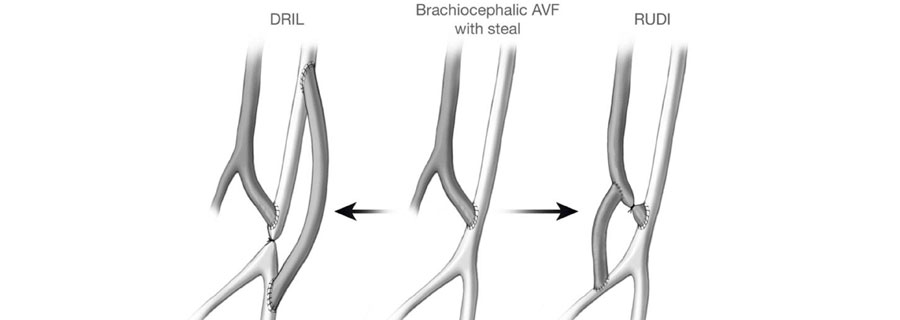Minimally invasive dialysis access salvage

Minimally invasive dialysis access salvage refers to the use of less invasive procedures to restore or improve the function of an existing dialysis access site, such as a fistula or graft, that may be experiencing complications or dysfunction. The goal of salvage procedures is to prolong the lifespan of the dialysis access and avoid the need for a more extensive surgical revision or replacement.
Some common complications that may require minimally invasive salvage procedures include:
- Stenosis: Narrowing of the blood vessel at the access site, leading to reduced blood flow during dialysis.
- Thrombosis: Formation of blood clots within the access site, obstructing blood flow.
Minimally invasive dialysis access salvage procedures may include:
- Angioplasty: A small balloon is inflated within the narrowed or blocked area of the access site to widen the blood vessel and improve blood flow. In some cases, a stent (a mesh-like tube) may be placed during angioplasty to help keep the vessel open.
- Thrombectomy: The removal of blood clots from the access site to restore blood flow.
However, not all complications can be managed with minimally invasive techniques, and sometimes a more extensive surgical revision or replacement of the access site may be necessary. The choice of salvage procedure depends on the specific complication and the patient's overall health condition.
